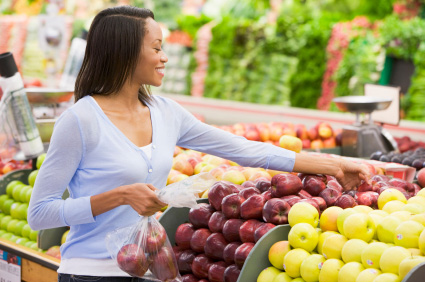Low Carb Grocery Shopping on a Budget
You are about to start a low carb diet and are looking for foods that fit into your budget. There is plenty of choice.
Protein
For most people, protein-rich foods are the most expensive part of their menu. Buying whole chickens instead of nuggets is one way to save on protein. Other inexpensive sources of protein include canned mackerel, ground turkey, ground beef, and canned tuna. If you are vegetarian, you can have milk, whole eggs, and cottage cheese. A half-cup serving of cottage cheese, for example, contains 15 grams. Tofu is also an inexpensive source of protein. A cup of yogurt or milk contains about 8 grams. The problem with foods that are rich in protein is that they are perishable. Keep them in the freezer or fridge if you buy in bulk. There are several options to save money, for example, buying in bulk, looking for discounts, and using coupons. Coupons are usually offered for processed foods, but you will find some healthy low carb products as well.
Sources of Fat
Oil is the least expensive source of fat. In fact, some low-carb diets such as the Mediterranean emphasize the importance of healthy fats such as olive oil. Some oils are cheap, for example, seed and corn oil, and they are rich in omega-6 fatty acids. Since low carb plans recommend eating plenty of vegetables, salad dressings are an important source of fat. The problem is that they are often expensive. If you are on a budget, you may want to prepare salad dressings yourself. Just mix spices, vinegar, and oil and combine well. You can keep the mix in a dressing bottle. Add fat-rich vegetables such as olives and avocado to your salad is also a good idea.
Vegetables
Prices vary depending on where your buy vegetables. Organic and locally produced vegetables are more expensive. The best piece of advice is to buy seasonally. You may also freeze vegetables if you don't want to eat them right away. You can freeze vegetables such as red bell peppers and vegetable marrows. Then you can use them to prepare soups and meals. Some vegetables, spinach, for example, can be wilted before freezing. But back to buying seasonally. The cheapest vegetables in September are lettuce, green beans, cauliflower, and tomatoes.

In August, you can have strawberries, raspberries, peppers, lettuce, cucumbers, and apricots. The fruits and vegetables to include in your menu depend on your diet. Some plans, for example, ban fruits during the introductory stage. Others like the Low GI Diet divide foods according to their glycemic index value. Fruits such as dates and melons have a high GI and should be avoided. Most non-starchy vegetables have a low GI.
Gardening and Foraging
If you have a garden, consider growing fruits and vegetables. Some vegetables such as cucumbers and zucchini are easy to grow meaning that they require little care. The same goes for herbs. You can also make your own fertilizer by composting scraps and organic waste. In this way, you will produce a high quality fertilizer that is rich in nutrients and is inexpensive. If gardening is not your thing, you can try foraging. You will find plenty of edible fruits and vegetables. The main benefit of gathering wild plants is that they are free. Moreover, you will be gathering edible plants in season. Store bought vegetables are often processed and sitting on the shelves for months. Some plants are poisonous and can cause vomiting, nausea, and even fatalities. It is important to learn which plants are edible and which are poisonous. The list of edible plants includes garlic mustard, red clover, sheep sorrel, cranberries and blueberries, and brambles. Other edible plants are common dandelion, wild onion, wild ginger, and stinging nettle. With some edible plants, there are varieties. For example, wild berries come in different types, and some varieties are actually poisonous. Wild berries include cranberry, blueberry, bilberry, and salmonberry. It is important to gather fruits when they are ripe. Finally, there are different ways to process and store wild plants. They can be cooked, frozen, or dried. Some people also make vinegars, syrups, sauces, and jellies. You can also prepare jams, sorbet, ice cream, and smoothies. In fact, you can even make wine.
